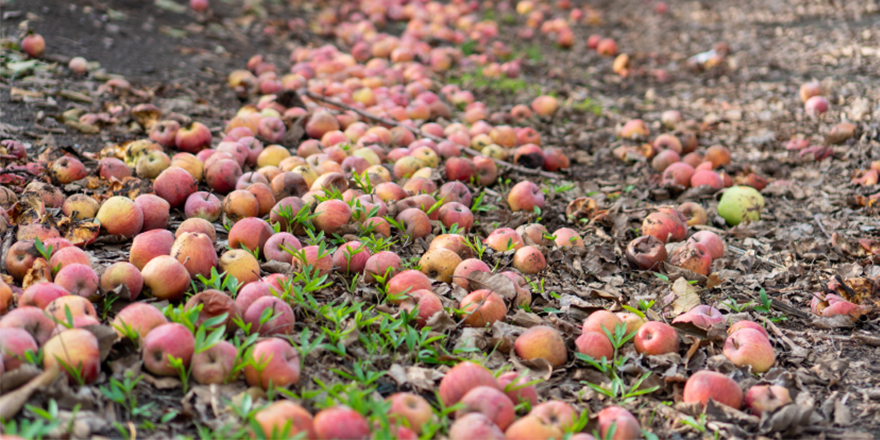Executive summary
New Zealand is well known for being heavily involved in the primary sector and exports of horticultural crops are a significant part of the New Zealand economy. In particular the kiwifruit industry is of significant export value, contributing around $930 million towards a total horticultural export value of $3,901 million in 2014 (Statistics New Zealand, 2014). The area of land in kiwifruit production currently stands at around 12,000 hectares and is predicted to continue growing. The industry is looking forward to a promising future as it recovers from the bacterial disease Pseudomonas syringae pv. actinidiae (Psa) and experiences improvements in productivity and orchard gate returns (Zespri, 2014).
Increasing returns to growers and increasing value of the industry is largely attributable to the premium pricing that New Zealand kiwifruit can achieve overseas. New Zealand kiwifruit is well recognised for consistent high quality and much of this is associated with the values associated with the Zespri brand, under which New Zealand kiwifruit is marketed. Zespri are grower owned and are focussed on the export and marketing of kiwifruit. Zespri do not export any other commodities. Further they are not directly involved in fruit production or post-harvest handling and storage of kiwifruit. Zespri kiwifruit are primarily sourced from New Zealand growers, however, as the company moves to provide a 12 month supply of fruit, sourcing from other kiwifruit producing countries has begun.
The kiwifruit industry in New Zealand is already relatively innovative in comparison with other primary sector industries. The different sectors of the supply chain all demonstrate an innovative side. Examples include, growers exploring tools like trunk girdling for improving fruit quality and plastic coverings for reducing disease impacts. Examples for the post-harvest sector include the implementation of controlled atmosphere storage for extending storage periods as well as research into and a move by some into using plastic rather than wooden picking bins. Zespri also have a strong focus on innovation, with innovation as one of the businesses four strategic pillars, a dedicated innovation team and an annual innovation budget that currently stands at around 1.5% of annual revenue. An example of Zespri’s innovation success includes outputs from the new cultivar development programme. This programme is ran in close collaboration with a key research partner. The kiwifruit industry has historically relied on the production of the green kiwifruit variety, ‘Hayward’, until a new, gold fleshed fruit was released as a result of the new cultivar development programme and following years of R&D effort. This variety extended Zespri’s product portfolio and it’s unique, sweet taste was highly desirable to customers, resulting in improved sales and in turn improved returns to growers.
The kiwifruit industry is not without its challenges. As kiwifruit production continues to increase in other countries, New Zealand kiwifruit and Zespri must stay ahead of competitors by maintaining strong brand positioning. A strong focus on innovation is recognised as helping businesses to remain competitive. Therefore Zespri and the wider kiwifruit industry need to maintain a focus on innovation and look for ways to improve the rate of innovation and the rate of innovation adoption.
The aim of this project was to explore how other successful companies utilise innovation to maintain competitive advantage and brand positioning and to see if there are lessons that can be learnt and adopted by Zespri to enable a faster rate of innovation and innovation adoption.
Mary Black



